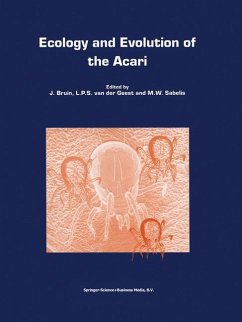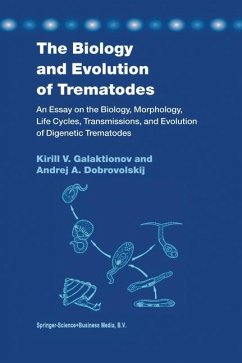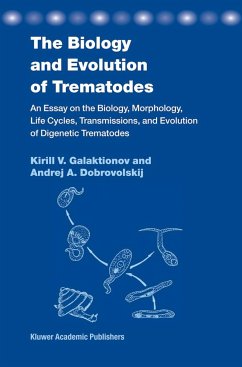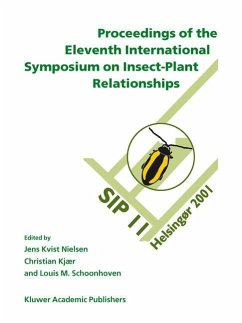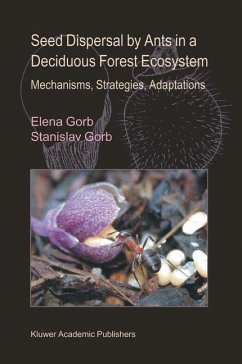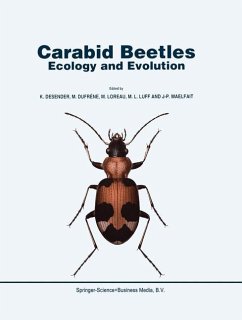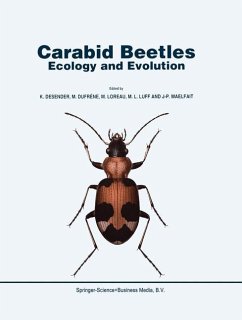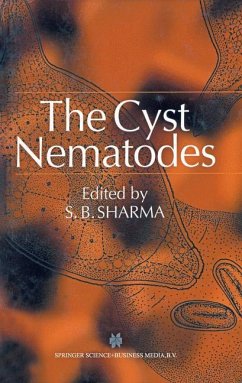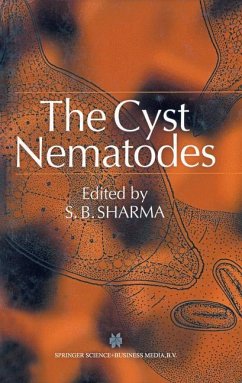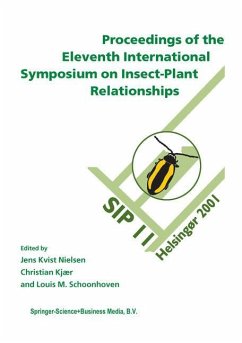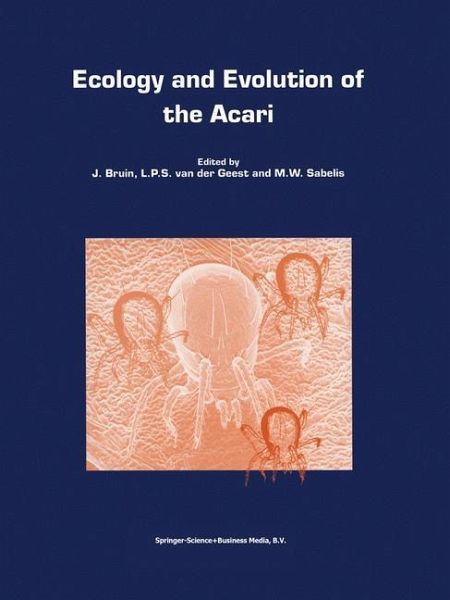
Ecology and Evolution of the Acari
Proceedings of the 3rd Symposium of the European Association of Acarologists 1-5 July 1996, Amsterdam, The Netherlands
Herausgegeben: Bruin, J.; van der Geest, Leo P.S.; Sabelis, M. W.

PAYBACK Punkte
114 °P sammeln!
Acarology is on the move! For a long time the development of Acarology as a field of biological science has been dominated by systematists and applied scientists. In the last 15 years, however, Acari have been increasingly recognized as highly suitable for the testing of theories in ecological and evolutionary sciences. The growing interest from evolutionary and molecular biologists and from population and community ecologists in mites and ticks has a strong impetus on the field of Acarology, and has already led to significant progress. This book contains many chapters that illustrate the rece...
Acarology is on the move! For a long time the development of Acarology as a field of biological science has been dominated by systematists and applied scientists. In the last 15 years, however, Acari have been increasingly recognized as highly suitable for the testing of theories in ecological and evolutionary sciences. The growing interest from evolutionary and molecular biologists and from population and community ecologists in mites and ticks has a strong impetus on the field of Acarology, and has already led to significant progress. This book contains many chapters that illustrate the recent progress in - mainly evolutionary and ecological aspects of - Acarology.





